Higher classification Gygis | Phylum Chordata Family Sternidae Scientific name Gygis alba Rank Species | |
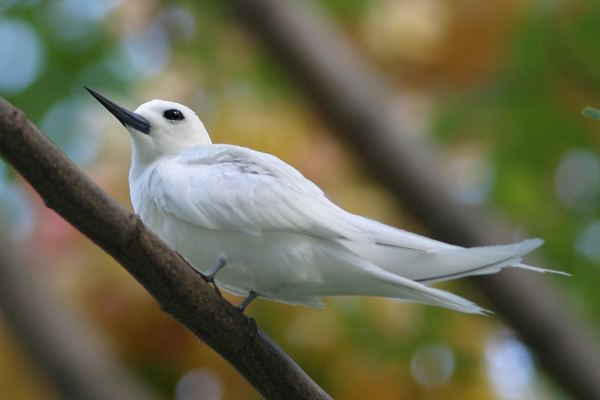 | ||
Similar Bird, Gygis, Tern, Brown noddy, Fairy tern | ||
White tern and chick
The white tern (Gygis alba, 1786) is a small seabird found across the tropical oceans of the world. It is sometimes known as the fairy tern although this name is potentially confusing as it is the common name of the fairy tern Sternula nereis. Other names for the species include angel tern and white noddy.
Contents
- White tern and chick
- White tern midway island 1999
- Subspecies
- Description
- Distribution and habitats
- Behavior
- Relationship with humans
- References
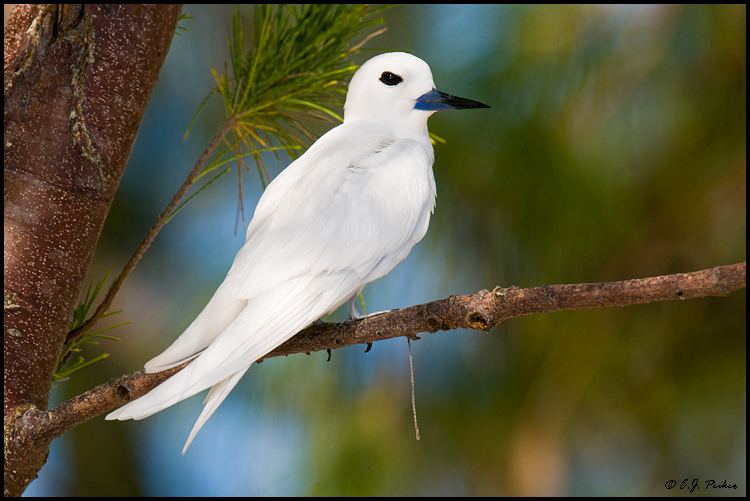
White tern midway island 1999
Subspecies
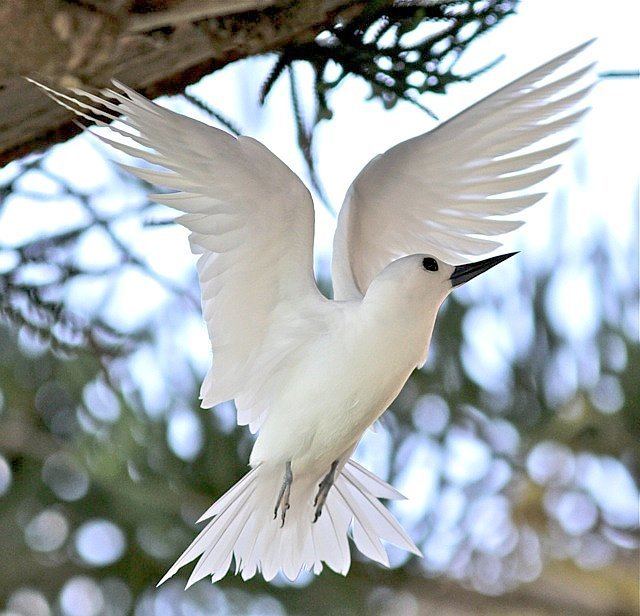
The white tern has 3–4 subspecies: the nominate race G. a. alba, G. a. leucopes, the Pacific white tern (G. a. candida). Additionally, the little white tern (G. microrhyncha) was long and often is still included herein as a subspecies G. a. microrhyncha.[1]

Description
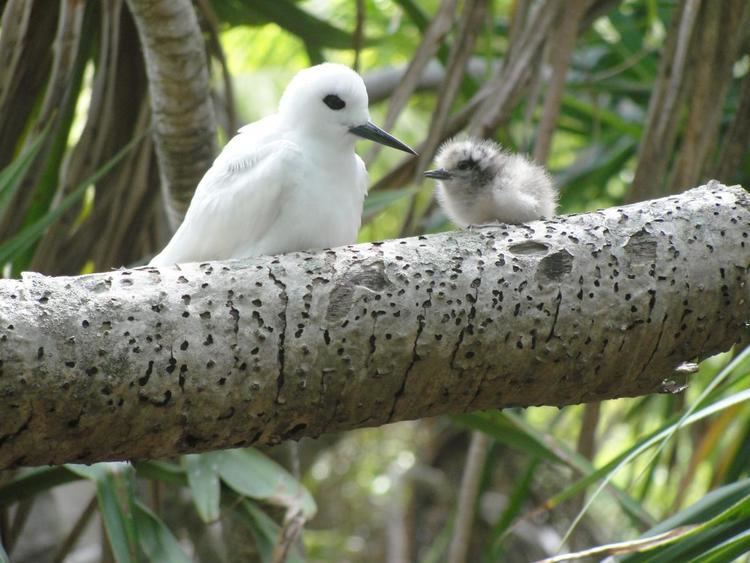
Related to the noddies, the white tern is small with white plumage and a long black bill. With a wingspan of about 25 inches (640 mm), it ranges widely across the Pacific and Indian Oceans, and also nests in some Atlantic islands. Nesting on coral islands, usually on trees with small branches but also on rocky ledges and on man-made structures, the white tern feeds on small fish which it catches by plunge diving.
Distribution and habitats
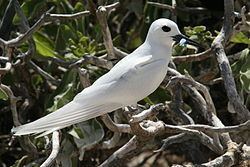
This tern lives in Oceania, from Hawaii to New Zealand; along the coast of China and Vietnam, Indonesia, India, the islands of the Indian Ocean, South Africa, Brazil, Chile and Colombia. Rarely it is also found in Japan, Madagascar, Mexico, and on some islands in the Atlantic Ocean. It is a pelagic and epipelagic bird, living along the coast and moving into wooded areas during the breeding season.
Behavior

This small tern is notable for laying its egg on bare thin branches in a small fork or depression without a nest. This behaviour is unusual for terns, which generally nest on the ground, and even the related tree-nesting black noddy constructs a nest. It is thought that the reason for the absence of nests is the reduction in nest parasites, which in some colonial seabirds can cause the abandonment of an entire colony. In spite of these benefits there are costs associated with tree nesting, as the eggs and chicks are vulnerable to becoming dislodged by heavy winds. For this reason the white tern is also quick to relay should it lose the egg. The newly hatched chicks have well developed feet with which to hang on to their precarious nesting site. It is a long-lived bird, having been recorded living for 42 years.
Relationship with humans
The white tern is not considered threatened as it is a widespread species with several large colonies around the world.
The white tern, manu-o-Kū, was named Honolulu, Hawaiʻi's official bird on April 2, 2007.[2]
